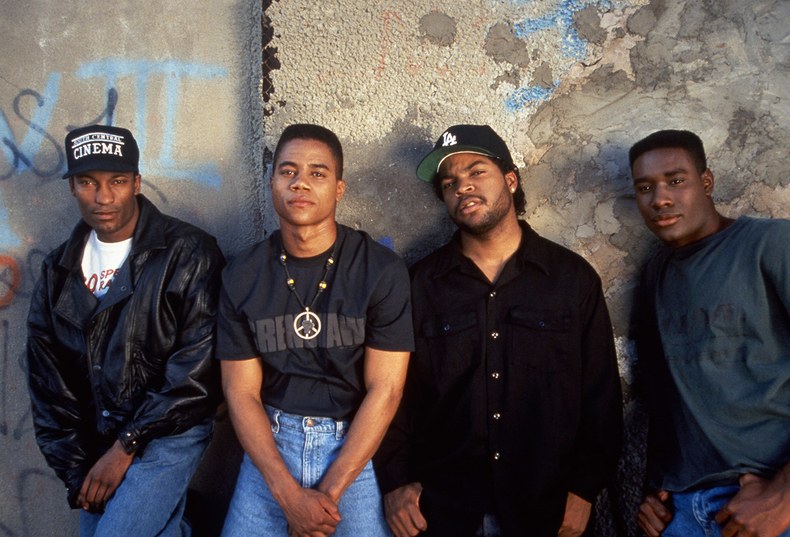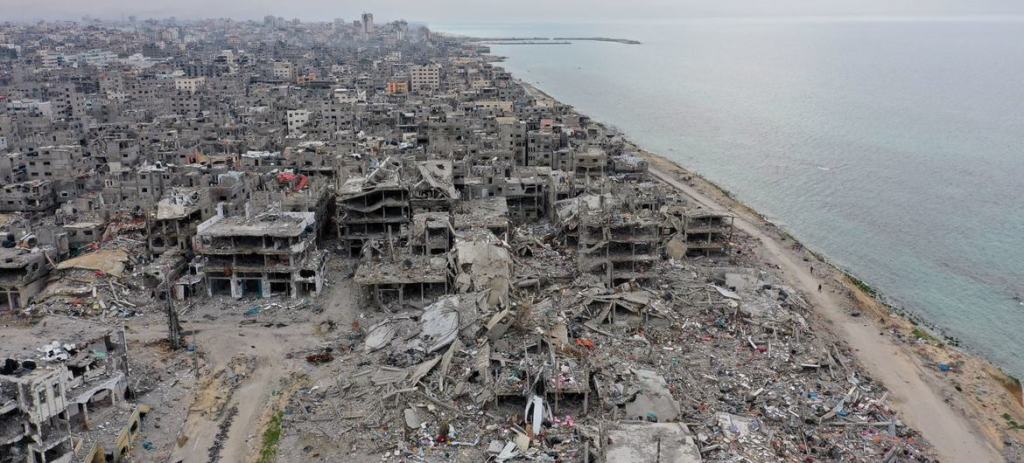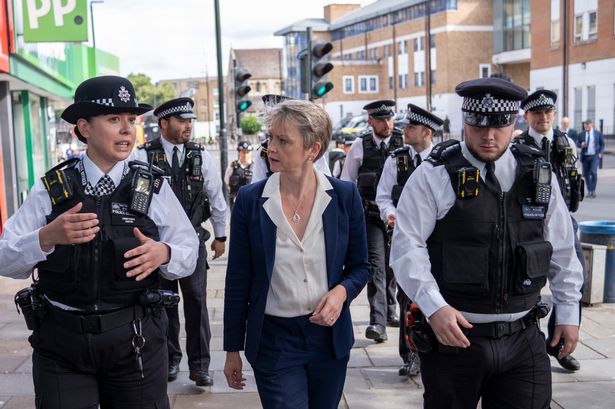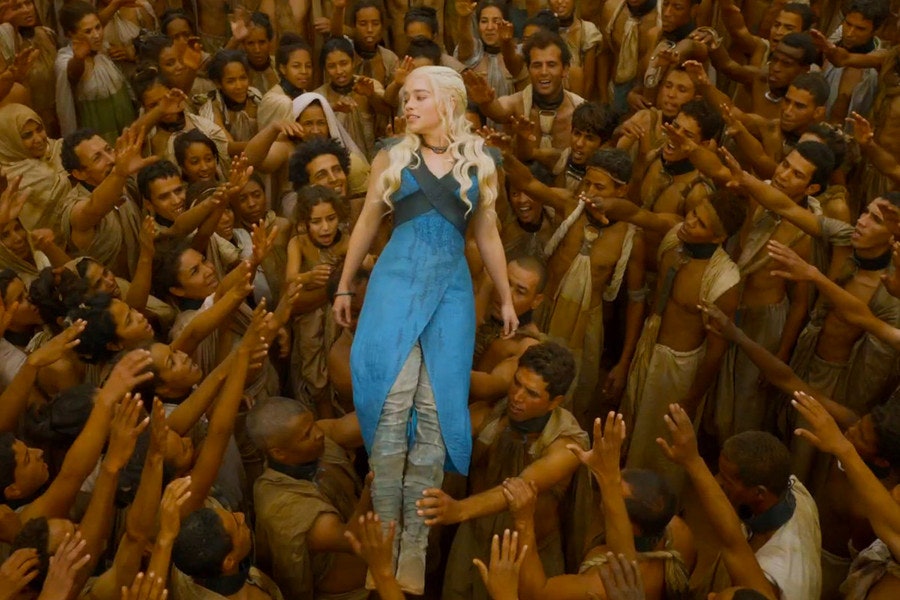By Zahra Dalilah Follow @ZahraDalilah1
“Either they don’t know, don’t show or don’t care about what’s going on in the hood” – Darren ‘Doughboy’, Boyz N The Hood
Watching Boyz N The Hood in 2016, there is comforting familiarity that sits with me during the film. Drinking in the 90s fades with the optional single skinny plait at the back, the front porch card games and the Jheri curls, I am immediately awash with nostalgia. I remember sleepovers at cousins’ houses where we learnt to mimic the styles and the slang of Los Angeles in the 90s, bursting with excitement to see something that we connected with depicted on screen.
Back in 1991, when Boyz N The Hood was released, I was approaching my first birthday. By the time I was old enough to sneak downstairs and watch the ’18’ rated films that my big sister had recorded off of Channel 5 onto VHS, I had a plethora to choose from. Set It Off, Menace II Society, Friday, Don’t Be A Menace were all available for me indulge in at my own pace – whether I wanted something to laugh, cry or spend an hour and a half hiding my scared eyes behind a pillow. Watching Boyz N The Hood, I could never truly appreciate that before this, there had been nothing.
An intensely moving film rooted in the tragedy and pain of every genre of fuckery defining the hood of South Central Los Angeles, Boyz N The Hood presented to a mass audience the environment and daily lives of countless African Americans who had never truly seen themselves represented in cinemas before. Written and directed by a 23-year-old John Singleton with a cast with actors most had never heard of, it was a film that was made unapologetically by and for people who were living in or coming from the hood. Its reach, however, was never limited to just that. Following a twenty-minute standing ovation at its debut at the Cannes Film Festival, Boyz N The Hood became a global Oscar-nominated phenomenon that made Hollywood superstars out of its young and largely inexperienced cast.
Diversity and depth in black characters is something that viewers are still having to demand from Hollywood today, as one-dimensional black characters or tokens are the norm. Not only did Boyz N The Hood show that it was more than possible to depict a range of black characters, fully humanising even the most troubled amongst them, it also knocked down the door to allow other great black actors and directors to come to the forefront and do the same. Boyz N The Hood showed how successful films for us, by us could really be and showcased the boundless possibility of black talent not only to the masses but more importantly to black communities themselves.
Characters like Laurence Fishburne’s Furious Styles were like family members to a whole generation of diasporic Africans. The full-time black father who talked gentrification, ancient African civilisations and safe sex, while shaping up his son’s high top was someone that we didn’t all necessarily know but who was real to us, who we knew existed or could exist. Doughboy, whose mother seemed to resent his existence from his birth and who could never stay out of trouble, was similarly familiar. It was him who left us all shaking our heads, kissing our teeth and muttering in unison a sad and disappointed “damn” as we watched him go down exactly the path we thought he would, but hoped he wouldn’t. The women too, whilst far less developed as characters, showed a spectrum of the black female experience. From Brandi, the hard-working church girl to Reva Styles, the working mother and Masters’ student, whose mic drop-worthy speech aimed at her ex-partner Furious reminds the audience that what he is doing as a father “is no different from what mothers have been doing since the beginning of time”.
Today black audiences are to a large degree fatigued by hood films which often lazily roll out old stereotypes reinforcing the idea that all black people are poor, uneducated and carry guns. We yearn for films with new narratives that speak of the global black experience and explore its breadth, depth and diversity. We pray for the day that the token black Oscar nomination isn’t one depicting the most brutalised and harrowing aspects of black history and existence. We continue to create and support films that contradict old tropes of black characters so that black actors are not always forced to play the same old thugs or angry black women. As women, we eagerly push ourselves into centre stage and focus on media production in which we are no longer the sidekicks or mere aesthetic additions to the shot.
Nonetheless, twenty-five years ago when Boyz N The Hood was released it presented a revolution in black cinema. It demonstrated that we could tell our own stories in our own language with no holds barred. It validated the black ghetto experience and illustrating that just because it looks like we live like animals, it doesn’t mean we’re not human. In 1991, white America had no idea what everyday life looked like in Crenshaw, Los Angeles. Black deaths went unreported and on television people didn’t know, didn’t show or didn’t care what was going on in the hood. The original hood flick, Boyz N The Hood was able to change that. Rejecting respectability and embracing an interrogation into the ugliest elements of the society Singleton had known, not only did it show what was going on in the hood, it cared and made every spectator care too.
All work published on Media Diversified is the intellectual property of its writers. Please do not reproduce, republish or repost any content from this site without express written permission from Media Diversified. For further information, please see our reposting guidelines.
Take Back The City community activist and co-founder of Our Fathers and Us, a research project on Black British fatherhood, Zahra Dalilah’s truest loves include hip hop, Lewisham and theories of revolution. Also a trilingual travel addict, you can usually catch her skipping borders across continents whilst trying to understand the true meaning of diaspora. Twitter: @ZahraDalilah1
 The Black Star series of articles will coincide with BFI’s Black Star film series. Over ten weeks, we will bring you articles which explore the films in the series, the issues they highlight and the stars who have played such an important role in the history of film. Curated by Grace Barber-Plentie.
The Black Star series of articles will coincide with BFI’s Black Star film series. Over ten weeks, we will bring you articles which explore the films in the series, the issues they highlight and the stars who have played such an important role in the history of film. Curated by Grace Barber-Plentie.
If you enjoyed reading this article, help us continue to provide more! Media Diversified is 100% reader-funded – you can subscribe for as little as £5 per month here or via Patreon here










Leave a reply to lkeke35 Cancel reply